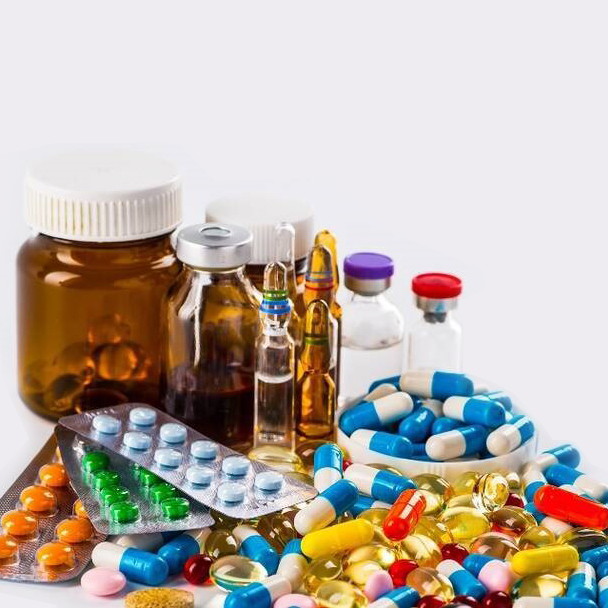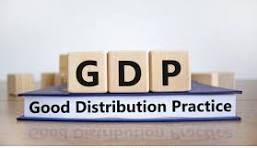Can amendment to rule 96 prevent counterfeit medicines?
Introduction
The Counterfeit Drug Menace world over and specifically in India pose grave threat to public health. As per the WHO report published in 2017, around 10% medicines sold in low and middle-income countries, including India were counterfeit or substandard which poses serious threat to patient safety. These illicit products can lead to treatment failure, worsening health conditions, and, in severe cases, fatalities. The report estimated that over 1 million deaths are caused annually due to counterfeit and substandard drugs. Additionally, the sale of counterfeit drugs undermines the integrity of pharmaceutical supply chains, hindering the effective delivery of genuine medications.
In an attempt to deal with counterfeit medicines in India the Government of India amended Rule 96 of Drugs Rules, 1945 vide Gazette notification GSR 823(e) to make it mandatory to print Barcode or QR code on the packs of 300 medicines sold in India. This article discusses effectiveness of this amendment providing protection against counterfeit medicines.
Inadequacies in the amendment to Rule 96
The rule 96 of Drugs rules 95 was amended to insert sub rules 6 & 7. These sub rules require that the manufacturers of 300 drug formulation products listed in Schedule H2 to print or affix Bar Code or Quick Response Code on its primary packaging label or, in case of inadequate space in primary package label, on the secondary package label that store data or information legible with software application to facilitate authentication.
- Unique product identification code.
- Proper and generic name of the drug.
- Name and address of the manufacturer.
- Batch number.
- Date of manufacturing.
- Date of expiry; and
- Manufacturing license number.
- The logic behind selection of only 300 brands is not clear. Probably top selling brands were selected based on the turnover or the market share in the segment. This method of selection could have left out many products with significant sales and market share for example, Crocin (3rd largest Paracetamol brand) is not in the list, while Dolo and Calpol are included. Such exclusion leaves scope for counterfeiters to focus on high selling brands which are not in the list.
- Very few people will have ready access to the schedule H2 which lists the products requiring QR code/ Barcode. Without referring the list there is no way for the consumer or pharmacist know that the product should have such code which should be verified for establishing the authenticity of the product. Even if counterfeiters continue to push fake product in the market without codes, chance of getting identified as fake is very little as very few people will know which product is required to have the code.
- The rule requires inclusion of Unique Product Identification code without specifying that it should be Universal Product code or GTIN number. Thankfully most companies have used GTINs.
- The next requirement is about including Proper and Generic Name of the drug. While generic name is well known term, I could not understand what Proper name means. I looked in the Drug law to find the definition but could not find one although the term Proper name has been used multiple times. Since the statement has "and" between the two terms, they appear to be two different terms.
- Except for the Unique product identification code mentioned in the requirement, rest all the information is part of the labeling requirement. Incorporation of Unique code and capturing all this information additionally in Bar code or QR code cannot prevent counterfeiting. Anyone can easily generate QR code using free software available on internet or copy the QR/Bar codes from the pack and print on their fake products. Only way such copying can be prevented is by using unique id for each pack (serialization) or using secure QR codes which cannot be copied. However, such features are missing in the amended rule.
- The rule is silent about how authenticity of the product will be verified. Many questions arise in the mind such as -
- Are Pharmacists supposed to check the authenticity of the product before dispensing or the patient is supposed to check it?
- If manufacturer uses Bar code how the verification will be done by the patient?
- Are all the pharmacies. equipped with bar code scanner?
- QR code can be scanned using smart phones, but how many patients have access to smartphones and data?
Implementation by manufacturers
- One major company has incorporated the QR code in the artwork itself. After scanning the code, it shows URL, after clicking that, it asks the person to enter the batch number. After entering the batch number, it lands on company's webpage displaying the product details as required by the rule. This is smart way of complying with minimal cost and no loss in line speed. However, since the code remains unchanged for infinite period, it is easiest to replicate. Also, since the batch number has to be entered by the verifier, it may be construed as non-compliance to the rule.
- Second company prints batch specific QR code, which leads to company webpage displaying information required as per the rule with additional text in green "Valid". It also depicted code scanning history for some scans. It did not show scans done by me multiple times. Since there is no security feature in the code or pack serialization, the term "Valid" is actually deceptive and gives false sense of security.
- Third company has introduced pack specific QR code with serialization. After scanning the pack, the URL leads to company webpage with product and batch details and a statement that the product is genuine. While this is far better than earlier two options, company has not yet activated check on multiple scans. In absence of check for multiple scans, the product can't be guaranteed as genuine. Since they already have incorporated serialization and the unique id data is available on the server, they can activate the security feature anytime. The displayed information on the webpage however does not include unique product code. Although this does not affect the effectiveness of the control mechanism, in literary sense it does not meet the requirement of the rule and may get flagged off by FDA inspectors. This deficiency can be easily corrected.
- The fourth company has implemented system similar to third company but has activated alarm mechanism. Multiple scans of the code give warning message with instruction to contact company's helpline.
Authentication and Verification
Any system for detecting counterfeit medicines will not be effective unless it is widely used in the market. While there have been news articles about this requirement, most pharmacists & doctors I spoke with, had only partial information about the requirement and most did not know their role in the process. The awareness amongst the other healthcare givers and the patients is likely to be even lower. Use of QR codes instead of bar code can certainly improve possibility of verification in the market as it does not require any special scanner and consumers and healthcare professionals with smartphones can check the authenticity themselves. However, just displaying the information mentioned in the amended rule when the code is scanned does not provide proof of authenticity. As mentioned earlier anyone can copy or generate these codes and print them on counterfeit packs, which when read will display same information. For the consumer to get assurance about authenticity of the medicine, the information displayed should confirm that the pack is genuine. This can be only ensured if the QR code is unique on each pack and there is system at the manufacturers end to track each reading of the QR code. If same code is read repeatedly, it will indicate that counterfeiter might have copied the QR code and replicated it on multiple packs. Such situations should give alert message to the consumer as well as the manufacturer.
How to make the rule effective
To effectively deal with menace of counterfeit products following changes should be made in the rule -
- The printing of QR code should be made mandatory on all the medicines instead of few medicines.
- The QR code should include unique pack ID to eliminate possibility of duplication.
- There should be mechanism for detecting multiple scans of the code and such event should alert the person scanning the product and also send alert to company with location.
- Verification of the code by Pharmacist should be made mandatory before dispensing.
- Consumer awareness should be created through media campaigns so more and more people verify authenticity of medicines they take.
Conclusion
The use of QR codes in preventing counterfeit drugs represents a transformative leap forward in pharmaceutical safety and public health provided the implementation is done in right manner as explained above. Newly amended rule 96, in its current form provides no additional protection to the patients. By leveraging the power of digital technology, manufacturers, regulatory agencies, healthcare givers and consumers can collaborate to create a more secure and transparent pharmaceutical ecosystem. As the battle against counterfeit drugs rages on, QR codes with serialization emerge as a beacon of hope, illuminating the path towards a safer, healthier future for all.
-Ganadhish Kamat




Appreciate your inputs on prevention of counterfeits. Going ahead we expect these to be part of government initiatives to enhance security features in pharmaceutical products. Would like to see these inputs on all excipients and even in food items. Agree on your views in building entire ecosystem to support and make this initiative successful I believe this is a small step in right direction
ReplyDelete